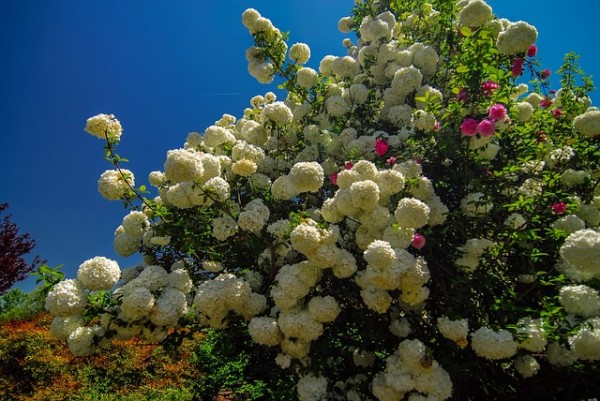

The Viburnum, Viburnum, also called snowball due to the shape of its clusters of flowers, is a decorative shrub cultivated for ornamental purposes in pots, in gardens also as separation hedges.
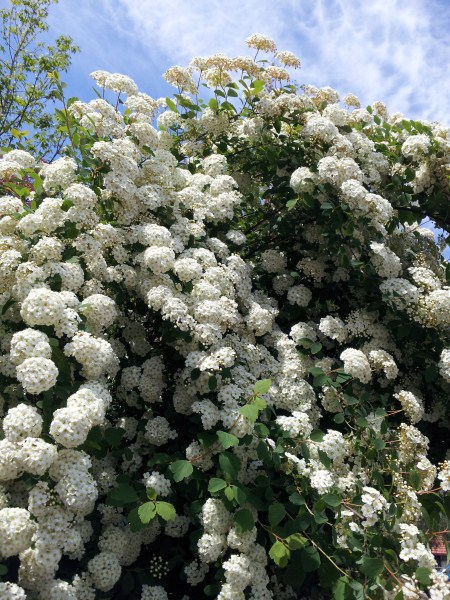
General characteristics of the Viburnum
The viburnum is a genus of plants belonging to the Caprifoliaceae family, native to Europe, America and Asia and widespread throughout the Italian territory from sea level up to 800 meters above sea level.
Viburnum plants or shrubs have a very slow growth and in full vegetative development its erect and branched stems reach a maximum height of 3 – 4 meters.
Read also: Viburnum snowball – Viburnum opulus cultivation
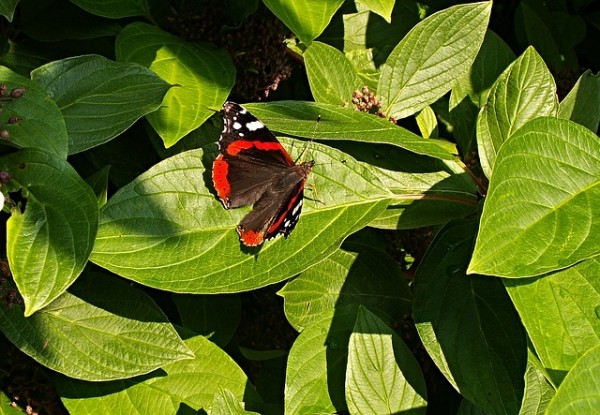
The leaves they are oval or lanceolate, about 10 cm long and are arranged opposite on the branches, supported by a long petiole. The upper leaf page is glabrous and dark green, the lower one is lighter and slightly hairy.
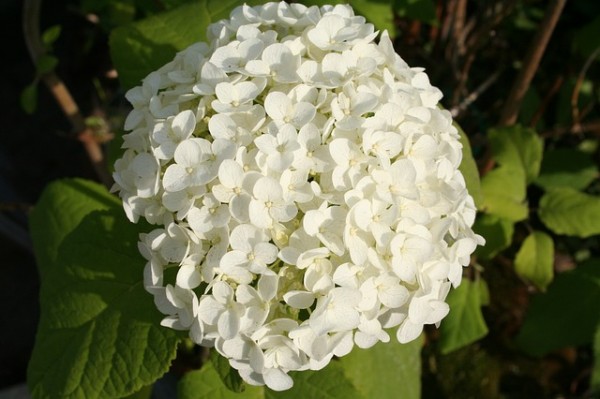
THE flowers they are fragrant and gathered in umbelliferous inflorescences of white, cream-white, pink and violet color depending on the species.

THE fruits they are drupes, oval green berries which, when fully ripe, take on a blue – blackish color. They appear on the branches in spring and ripen from November to January. They have little pulp, and small hard seeds.
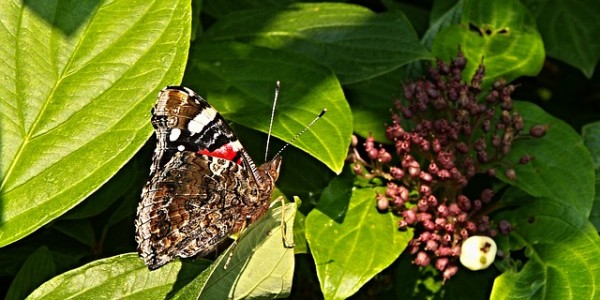
You may be interested in: Viburnum lantana – Viburnum lantana
Flowering of the Viburnum
This plant blooms from spring to autumn especially if it is an evergreen species.

Cultivation of the Viburnum
Exposure
The viburnum loves sunny places but also tolerates semi-shady ones, sheltered from the winds. It is a plant that does not fear the cold and tolerates the heat of the summer months well.
Ground
It is a shrub that, although it grows well in all types of soil, even the poor ones, prefers fresh and humus-rich ones, with excellent drainage.
Watering
The adult specimens, even if they are satisfied with rainwater, must still be irrigated in periods of prolonged drought and in summer while the young ones require regular and abundant watering especially in the first year of the plant to be able to acclimatize in the new home.
Fertilization
The cultivation soil should be enriched with mature manure at the time of planting and a second time in autumn to help the plant better withstand the cold of winter.
Viburnum: cultivation in pots
It is a shrub that can also be grown in pots as long as it is wide and deep enough. A universal soil mixed with a little garden soil and drainage material for the bottom is used. The bread is covered with earth that wraps the root system up to the height of the collar, watered abundantly and then moved the pot to a bright place sheltered from the wind.
Repotting
It is carried out when the roots of the Viburnum come out of the drainage holes of the watering. A new container larger than the previous one and new fresh soil rich in organic substance is used.

Multiplication of the Viburnum
The viburnum reproduces by seed, semi-woody or woody cuttings and also by layering.
Sowing
Sowing can be done in the autumn directly outdoors, since the seeds to germinate better at low temperatures. they need low temperatures. Generally the first shoots will appear the following spring.
Reproduction by cuttings
This agamic or vegetative propagation, even if it can be practiced at different times of the year, is generally carried out in late spring, when the plant is not in bloom.
Cuttings of apical branches, of semi-woody consistency, are taken from the mother plant; they are treated with rooting powder and rooted in a mixed soil composed of peat and sand in equal parts. To facilitate rooting, the box should be placed in a shaded area.
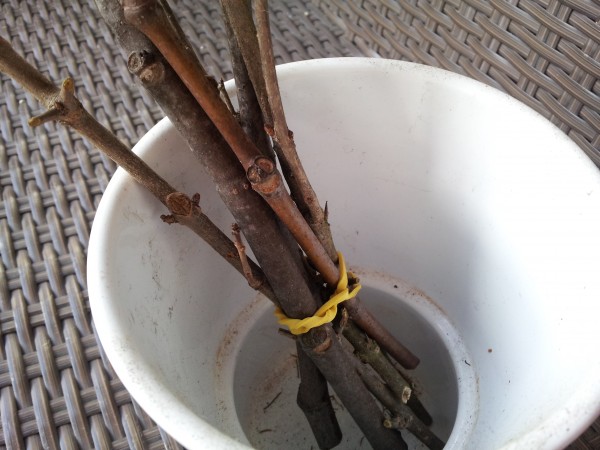
Once rooting has taken place, the new plants are repotted in single containers and then placed in a cold greenhouse until the moment of planting, in the following spring.
Planting or planting
Viburnum plants are planted in spring when the risk of night frosts is definitively averted. The soil must be worked thoroughly and enriched with a good dose of mature manure. Planting must be carried out at any time of the year, even in winter. The hole should be twice as wide and deep as the pot in which the plant was raised. After the planting, water abundantly to favor the rooting in the new home. If you intend to create a Viburnum hedge, the plants should be placed at a distance of 60 cm.
Pruning of the Viburnum
It requires little pruning, immediately after flowering. In general, dry branches are cut and the innermost ones are thinned to favor ventilation and sunshine.

Viburnum parasites and diseases
The viburnum fears the attack:
- mites such as the red spider, which suffocates the plants with its cobwebs especially in periods of great heat;
- of the aphids that colonize the leaves in spring;
- of the pruinose metcalfa, which can give rise, in late summer, to the formation of honeydew and fumaggine;
- of the cochineal which manifests itself with whitish flocky clusters in the leaf intersections.
Among the fungal diseases it suffers:
- root and collar rot caused by water stagnation in the soil;
- the white sickness of the viburnum;
- botrytis (Botrytis cinerea), a fungal disease active on leaves and inflorescences, which can affect plants in conditions and environments with high humidity.
Cures and treatments
It does not require particular care and even if it does not fear the cold, in regions where snowfalls are abundant and prolonged frosts it is advisable to protect it at the base with a mulch of straw or dry leaves.
In case of parasitic infestations, the foliage is nebulized with specific products, especially biological products that do not cause damage to pollinating insects, bees and bumblebees. Aphids can be fought with sprays of a natural Marseille soap insecticide.
The onset of fungal diseases must be counteracted with a copper and sulfur-based treatment towards the end of winter.

Varieties of Viburnum tinus
There are several species of Viburnum that differ in size, color of the flowers, some deciduous, others not, but all very decorative.
Lantana viburnum
A species of the Caprifoliaceae family native to Asia and Europe, spread spontaneously up to 1000 meters above sea level in sparse or coppice woods. It is a shrubby plant with variously branched erect branches, deciduous leaves, simple and opposite, reticulated and wrinkled of dark green color. In late spring it produces beautiful and showy white inflorescences.
Viburnum lantana is also appreciated as a medicinal plant and is used in medicine for the treatment of various pathologies.
Viburnum dentatum
It is a small shrub known as southern viburnum or arrowwood Viburnum, native to the eastern part of the United States, spread from Canada to eastern Texas. The branches are covered with large serrated leaves that turn from green to purple-orange in autumn, just before falling. The flowers are grouped in white or ivory-white umbels. The fruits are small metallic blue drupes, which are popular with wild birds.
Viburnum dilatatum
It is an evergreen shrub native to eastern Asia, spread spontaneously especially in Japan. In full vegetative development, it reaches three meters in height and two meters in width. The branches are covered with leaves reminiscent of those of the lime tree. It produces large umbels composed of numerous creamy white flowers. In autumn, clusters of very decorative, bright red fruits ripen on the plant on the branches.
Viburnum plicatum
A deciduous shrub about 3 meters tall. It has dark green leaves and in spring, depending on the cultivar, it produces inflorescences formed small yellow-white or pink-white flowers. It is also suitable for growing in pots.
Uses
The various species of Viburnum are used to create hedges of fences, embellish walls, embellish shady areas of gardens and public parks, to consolidate escarpments and river banks.
The fruits in some countries are used to make jams, as they lose their toxic active ingredients with cooking.
In ancient times, the flexible branches of Viburnum opulus were used as shields.
Viburnum – Language of flowers
In the jargon of flowers, viburnum takes on the meaning of dying if you neglect me.
Curiosity
The name of the genus Viburnum refers to the extreme flexibility and tenacity of its branches. Viburnum tinus is also known as laurotino or lentaggine.



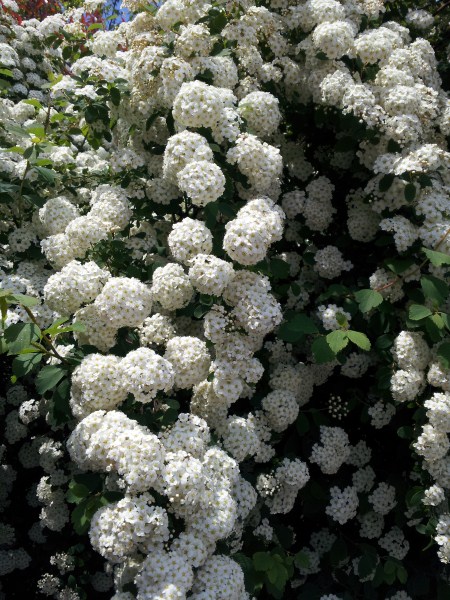

Add comment